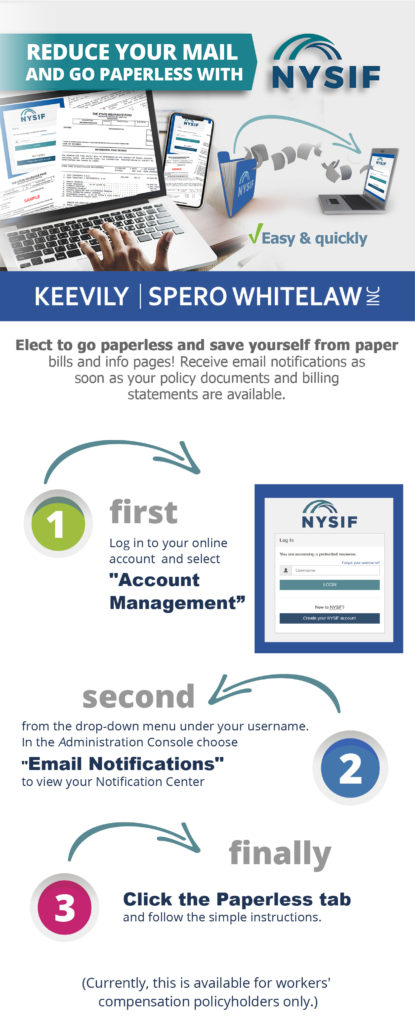| Dear Valued Keevily Client: As the outbreak of the Coronavirus (COVID-19) expands in Metro New York and across the country, Keevily is taking critical steps to protect the health of our employees and their families, as well as to protect business continuity. We will continue to monitor local government and CDC bulletins for updated guidance. Effective March 16, 2020, Keevily moved to a partial remotely operated environment. Our office at 500 Mamaroneck Ave will remain open, however, our employees will have the option to work remotely at their discretion using virtual capabilities. We will continue taking steps to keep our office environment clean and sanitized including the use of electrostatic disinfection spraying on a regular basis. What does this mean to you? All of your key service team contacts remain available via phone and email. Our phone system remains operational and will either be manned by a receptionist or via automated attendant where you can dial your party by name. If you are unable to reach the individual you wish to speak with and get their voicemail, please leave a voicemail message and a staff member will call you back. Voicemail messages will be automatically forwarded to the respective staff member’s email for redundancy purposes. You may continue to call our main line at (914) 381-5511, or direct dial (Click here for contact list). On occasion, there may be a slight delay in response time based on individual situations and based on the speed and efficiencies throughout the supply chain (which includes underwriters and insurance carrier personnel), but client service is critical and we will continue to support our clients with best-in-class service while protecting the health and well-being of our employees. As always, our claims staff stands ready to assist our clients. Additionally, please feel free to utilize information posted on our website www.keevily.com, and for a list of Insurance Carrier Claims and Billing contact information. Finally, until further notice and for the health and well-being of our employees, only Keevily employees will b e permitted to enter our offices and we will eliminate non-essential third-party access. Please continue communicating with us via email and phone, as you are accustomed. Again, we will continue to provide additional communication if and when there are any changes to our service deliverables. Thank you for your patience as we work through this unprecedented event together. |
| We hope you and your families stay safe and healthy. Sincerely, |
| Tom McEvily President (914) 412-0503 | Ken Kaufman CEO (914) 412-0500 | Mike McEvily Treasurer (914) 412-0504 |




